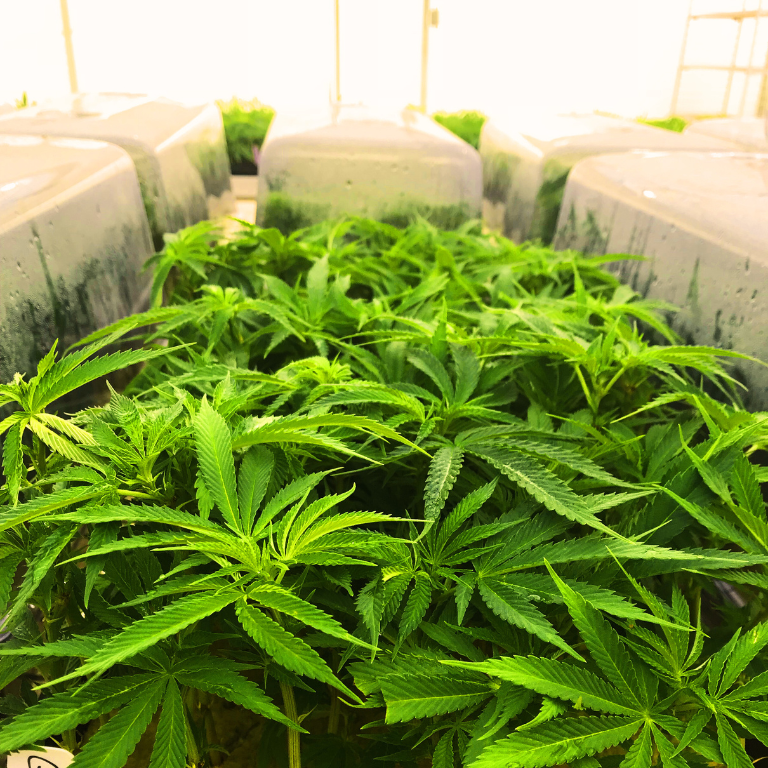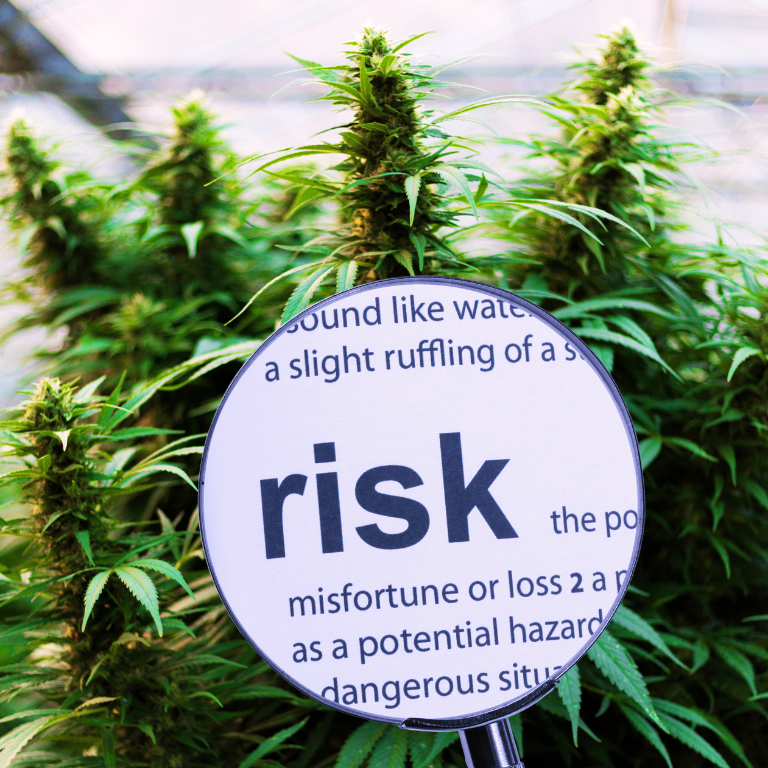What’s Trending in Cannabis Cultivation: How Wearable Tech and Extreme Weather Are Shaping the Future of Farming
As the cannabis industry continues to mature, the cultivation process is evolving in response to new technologies and growing environmental challenges. Cannabis cultivation, which has traditionally relied on tried-and-true agricultural practices, is increasingly being influenced by cutting-edge innovations such as wearable tech and the increasing severity of extreme weather events. These factors are not only changing the way cannabis is grown but also how cultivators manage operations, optimize crop yields, and ensure sustainability in the face of climate change. In this article, we will explore the latest trends in cannabis cultivation, focusing on the integration of wearable technology and the impact of extreme weather events on farming practices.
The Role of Wearable Technology in Cannabis Cultivation
Wearable technology, which includes devices like smart glasses, health trackers, and even wearable sensors, is making its way into the cannabis cultivation industry. These devices are increasingly being used by growers and cultivation managers to improve operational efficiency, ensure workers’ safety, and optimize crop yields. In the world of cannabis cultivation, where precise conditions are critical for the health and growth of plants, wearable tech has proven to be a game-changer in several ways.
Enhancing Worker Safety with Wearable Sensors
Cannabis cultivation often involves exposure to a variety of chemicals and environmental factors that can pose health risks to workers. Wearable sensors are being used to monitor workers’ health in real-time, providing critical information on things like exposure to pesticides, temperature fluctuations, and humidity levels. These sensors can alert workers if they are in an environment that exceeds safe limits, ensuring that they take proper precautions and avoid potential health hazards.
Additionally, wearables like smart gloves or smart glasses can provide cultivators with hands-free access to information on plant health, soil conditions, and irrigation systems. This allows workers to focus on their tasks while staying informed of any issues that may require immediate attention.
Improving Crop Monitoring and Data Collection
Wearable technology is also being leveraged to improve the accuracy and speed of crop monitoring. Devices such as smart glasses or augmented reality (AR) headsets enable cultivators to view real-time data about plants, including their health, water requirements, and nutrient levels, without having to manually record this information. This constant flow of data allows for quicker decision-making and ensures that crops are cared for with precision.
In addition, wearable tech can be used to collect environmental data such as temperature, light exposure, and humidity levels throughout the cultivation facility. By using wearables, cultivators can ensure that the growing environment is consistently optimal, leading to healthier plants and higher yields.
Extreme Weather: A Growing Challenge for Cannabis Cultivators
While wearable technology offers growers tools to manage the intricacies of their operations more efficiently, the growing threat of extreme weather is an external factor that cultivators cannot control. Climate change and unpredictable weather patterns are presenting significant challenges to the cannabis industry. From intense heat waves to flash floods and severe storms, extreme weather events are becoming more frequent and severe, making it increasingly difficult for cannabis cultivators to predict and manage growing conditions.
The Impact of Extreme Heat on Cannabis Growth
Extreme heat can have a particularly detrimental effect on cannabis plants, especially during the flowering phase. When temperatures exceed optimal levels, cannabis plants may experience heat stress, leading to a reduction in both yield and quality. High temperatures can cause plants to wilt, dry out, or even become stunted in growth. In addition, extreme heat can also affect the potency of the cannabinoids, potentially reducing the overall value of the crop.
To combat these challenges, many cultivators are turning to climate control technologies and adaptive growing strategies. Greenhouses equipped with automated shading systems, cooling units, and humidity control systems can help mitigate the effects of extreme heat. Some outdoor cultivators are experimenting with different strains of cannabis that are more resilient to heat stress, allowing them to continue to produce high-quality crops despite rising temperatures.
Managing Water Scarcity and Flash Flooding
Water availability is another key concern for cannabis cultivators, especially as extreme weather events like droughts and flash flooding become more common. Cannabis plants require a significant amount of water, and fluctuations in water availability can lead to crop loss or reduced yields. In areas prone to droughts, cultivators are increasingly investing in water-efficient irrigation systems, including drip irrigation and rainwater collection systems. These technologies help minimize water usage while ensuring that plants receive the moisture they need to thrive.
On the other hand, flash flooding caused by heavy rainfalls can wash away crops or lead to fungal and mold growth in the soil. To address this risk, some cultivators are using raised beds or planting cannabis in flood-resistant containers that allow water to drain away more easily. In addition, improving soil quality and drainage systems can help prevent the negative effects of excessive water.
The Future of Cannabis Cultivation: Integrating Technology and Sustainability
As wearable technology and extreme weather challenges continue to shape the cannabis cultivation landscape, it is clear that the future of cannabis farming will be marked by a blend of innovation and sustainability. Cultivators who are able to adapt to the demands of climate change while utilizing new technologies will be in a better position to thrive in an increasingly competitive market.
Precision Agriculture and Sustainability
The integration of wearable technology into cannabis cultivation aligns with the broader trend of precision agriculture, which uses data-driven insights to optimize farming practices. By collecting real-time data on plant health, environmental conditions, and worker safety, cultivators can reduce waste, conserve resources, and improve overall efficiency. This shift toward more sustainable practices is crucial as the cannabis industry continues to grow, especially in light of the increasing environmental pressures caused by climate change.
Additionally, the use of sustainable cultivation practices, such as water conservation techniques, energy-efficient lighting, and organic pest control, will become more widespread as growers seek to meet both environmental and regulatory standards. Consumers and regulators alike are increasingly concerned with sustainability, and cannabis businesses that prioritize eco-friendly practices will be better positioned for long-term success.
Adapting to a Changing Landscape
The cannabis industry is experiencing a period of rapid transformation, driven by advancements in technology and the growing impact of climate change. Wearable technology and extreme weather events are two of the most significant factors influencing cannabis cultivation today. While wearable devices offer cultivators the tools to monitor and optimize growing conditions, extreme weather is pushing them to adapt to new challenges that were once considered rare occurrences.
As the industry continues to evolve, cannabis growers will need to find innovative ways to balance the demands of modern technology with the unpredictable nature of the environment. By embracing sustainability, investing in climate-resilient infrastructure, and utilizing cutting-edge technology, cultivators can ensure that they are well-prepared for the future of cannabis farming.











